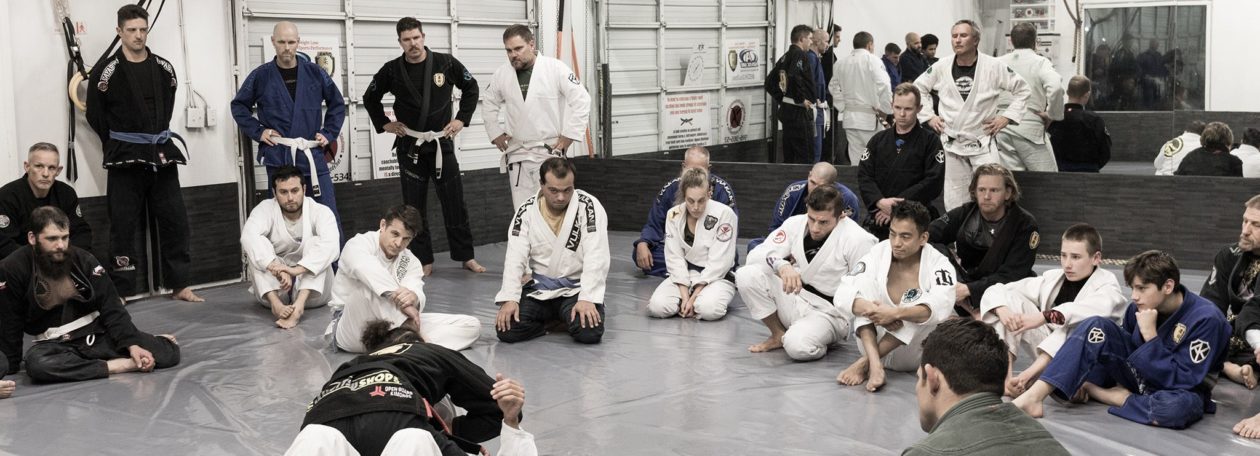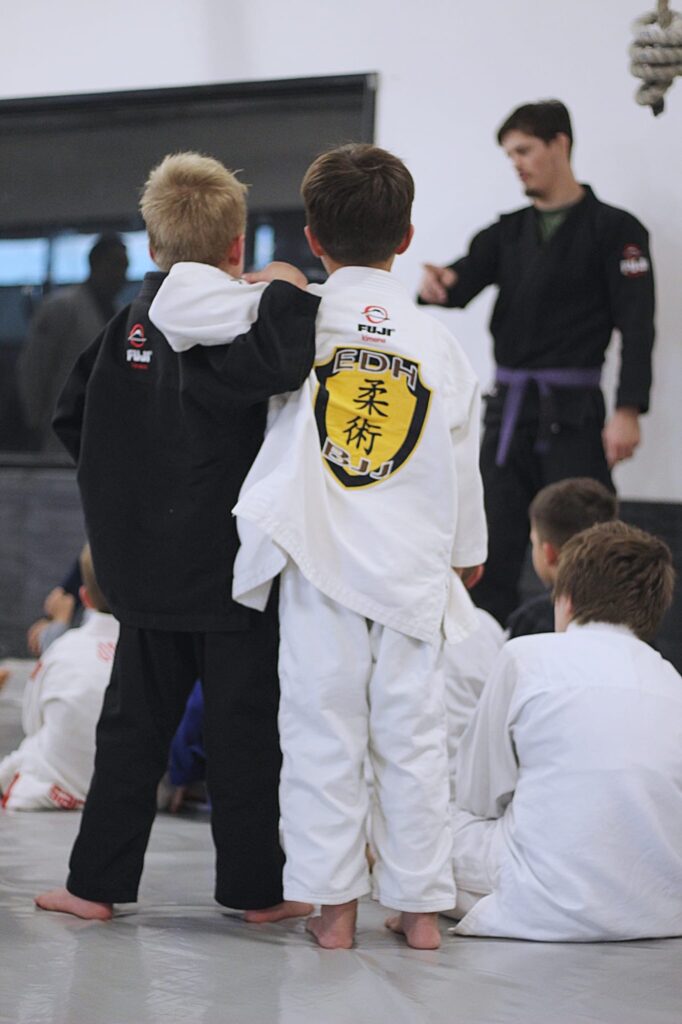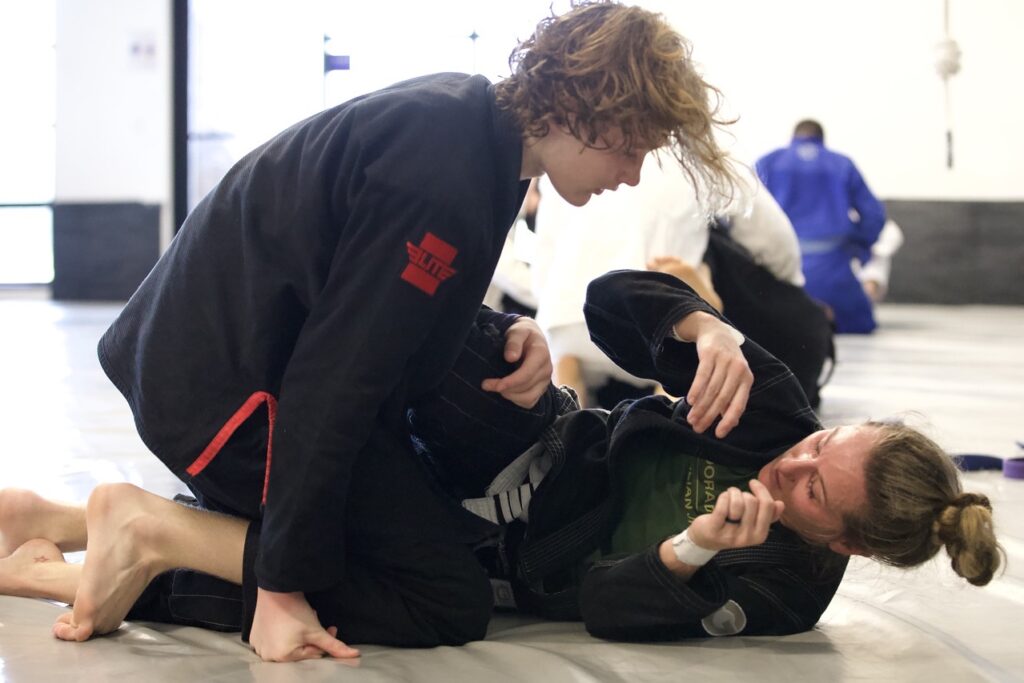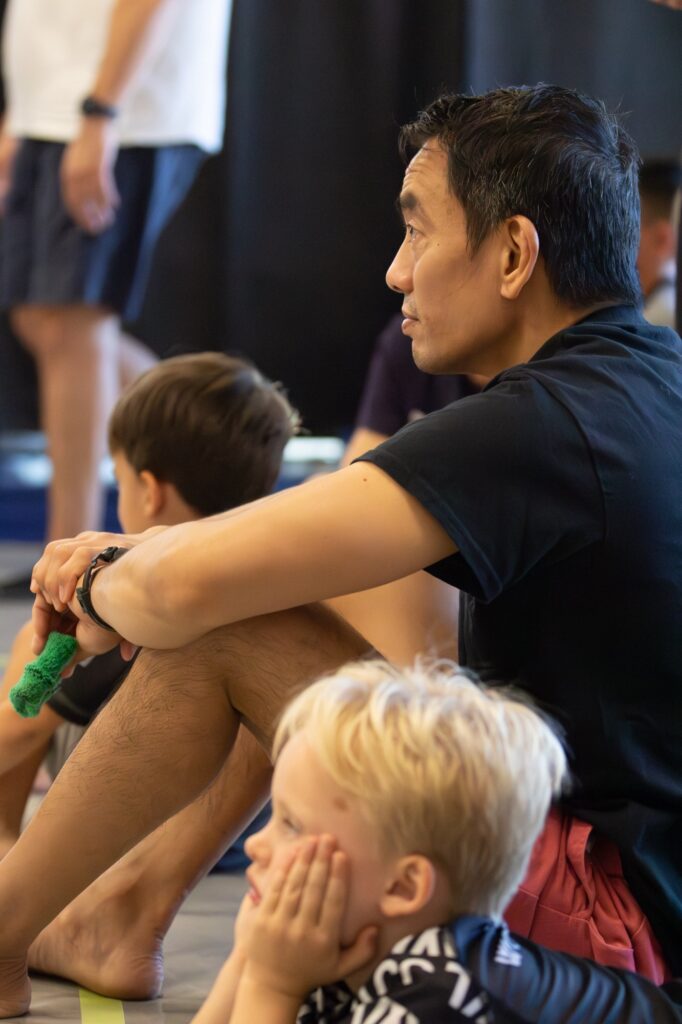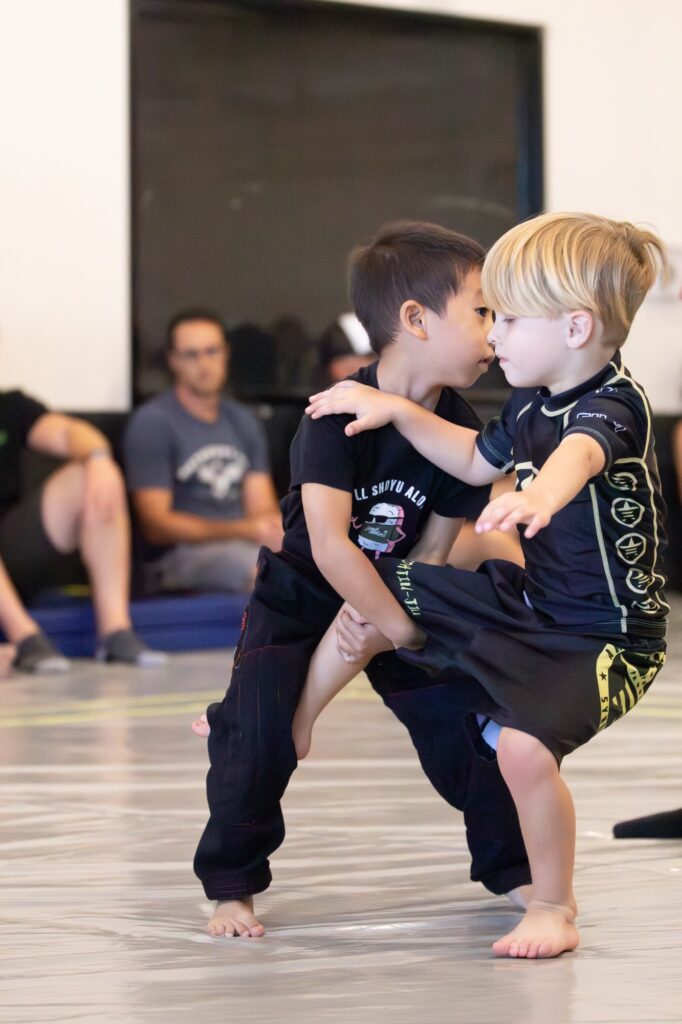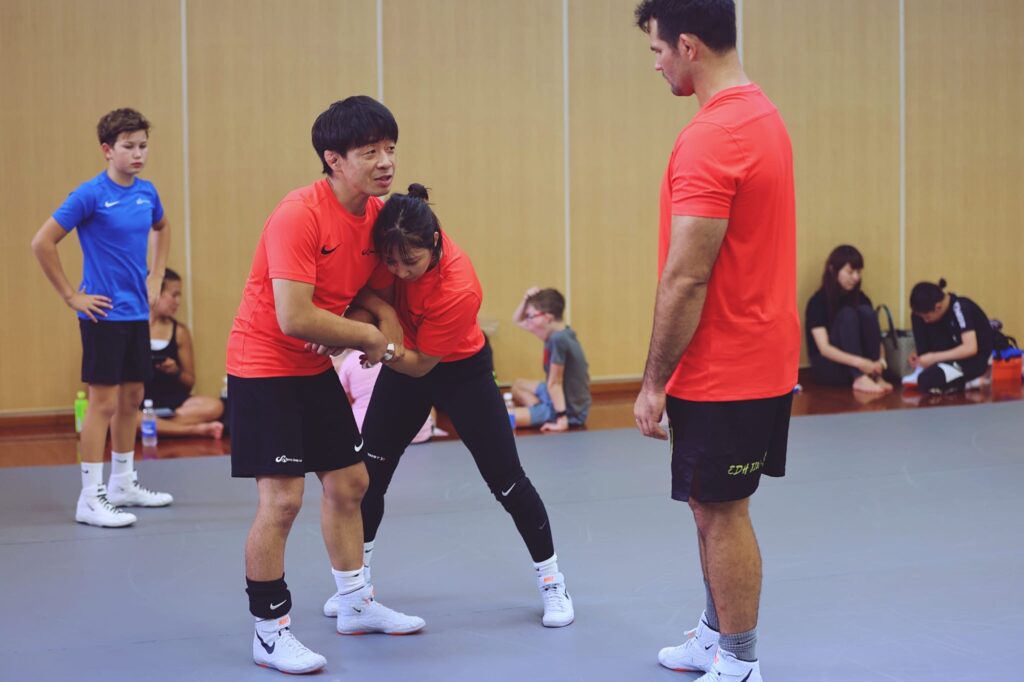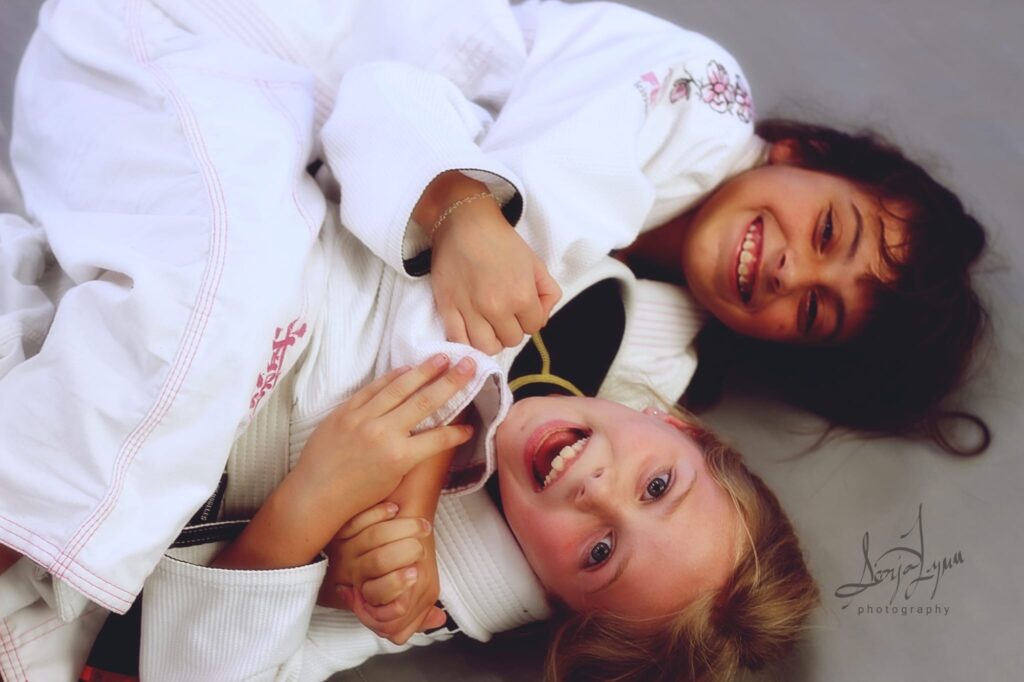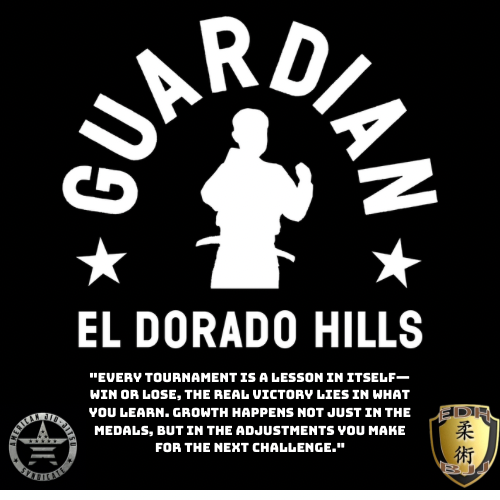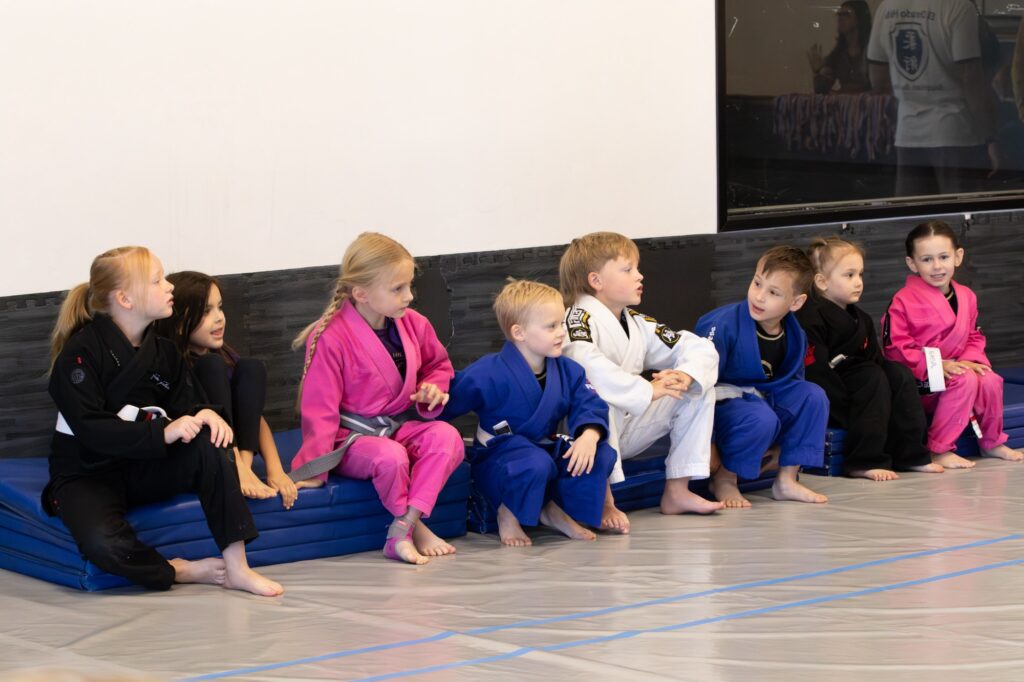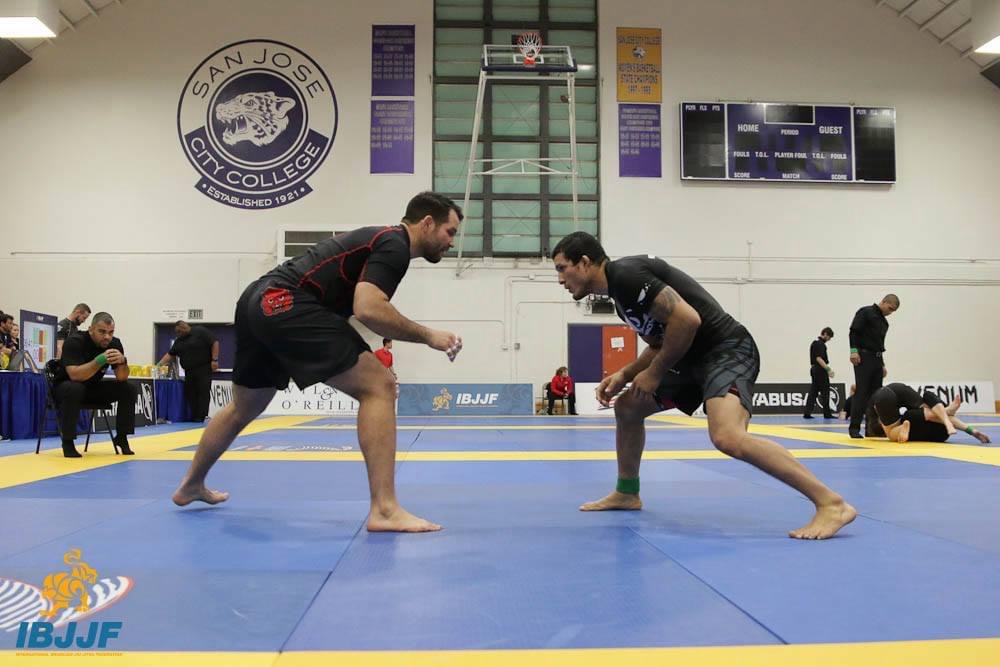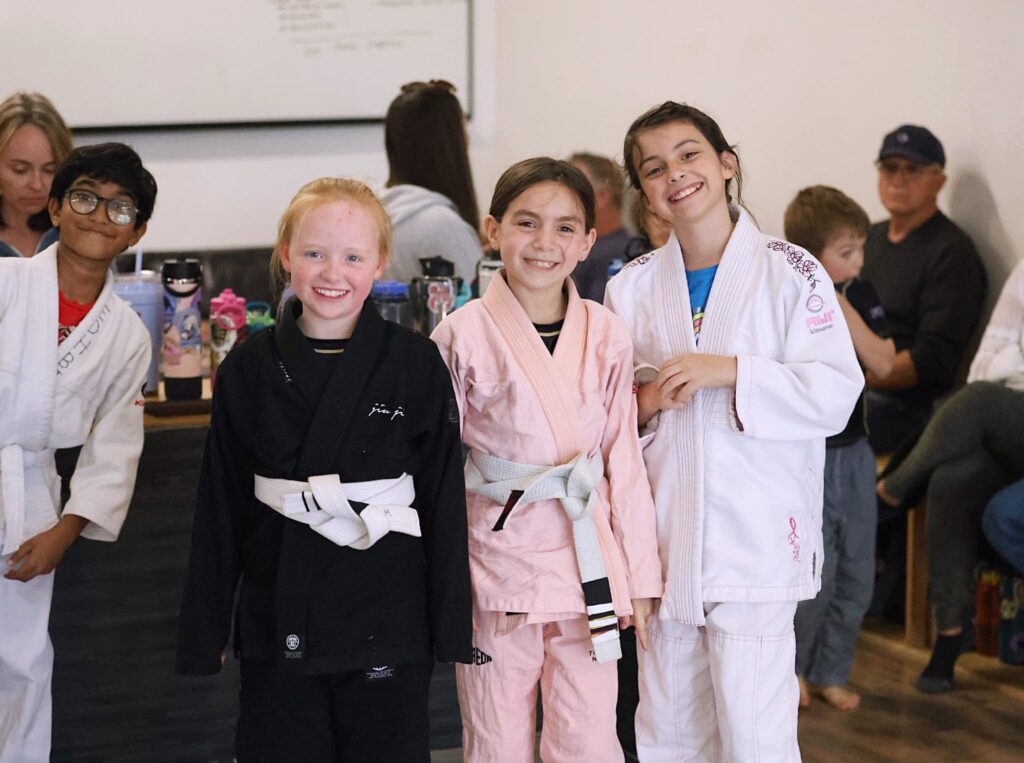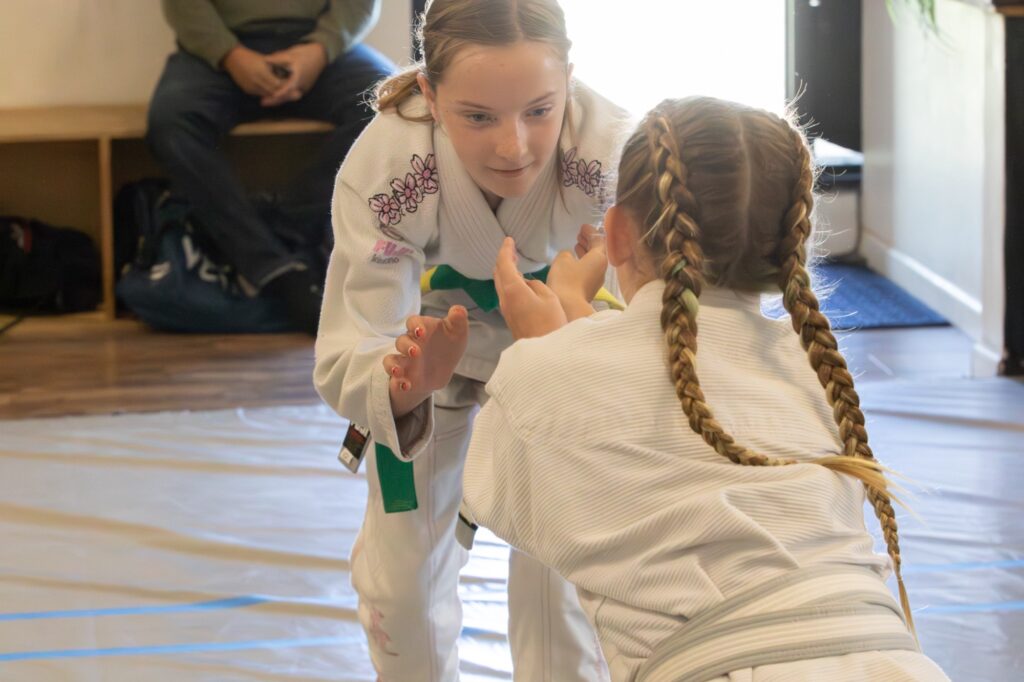This past weekend, we had our Ruckus in the Hills in-house BJJ tournament, and I couldn’t be more proud of how everything played out. There’s something special about an in-house tournament — a blend of excitement, nerves, and community spirit that’s unlike anything else. But what really stood out to me was the incredible energy and determination displayed by the kids who competed.
Pushing Boundaries and Embracing Challenges
One of the most rewarding parts of the day was seeing the kids push themselves beyond their limits. Competing in jiu-jitsu isn’t just about physical skill; it’s also about mental toughness, handling nerves, and learning from both victories and losses. For many of the kids, this tournament was their first real experience with competition, and they absolutely rose to the occasion. Every match brought out something new in them — they adapted, learned, and improved with every round. By the end of the day, you could visibly see the progress in their confidence and skill level.
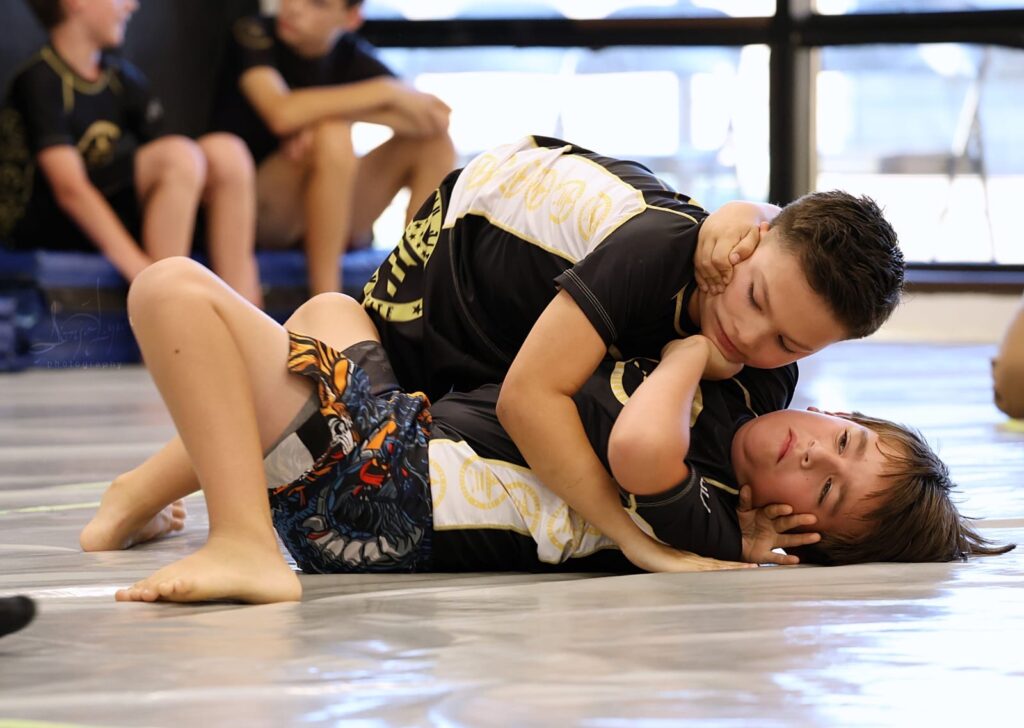
The Growth with Each Match
Watching the kids evolve throughout the day was one of the highlights for me. In each round, they applied new techniques they had just learned, adjusted their strategies, and sharpened their instincts. It was clear that every match helped them get better, not just technically, but in terms of resilience and composure. As a coach and referee, it’s inspiring to see how competition can accelerate their growth. In a way, each match was a mini-learning experience, pushing the kids to think on their feet and deal with new challenges.
Fun on the Mats and as a Referee
Having refereed many in house tournaments before, I’ve always enjoyed being in that role, and this event was no different. As a referee, I’m in the best position to see the dynamic exchanges, decision-making, and heart these kids put into each match. It’s always fun to be part of the action and ensure that the competition remains fair and positive, especially when you see kids showing discipline, respect, and good sportsmanship — all key values in Brazilian Jiu-Jitsu.
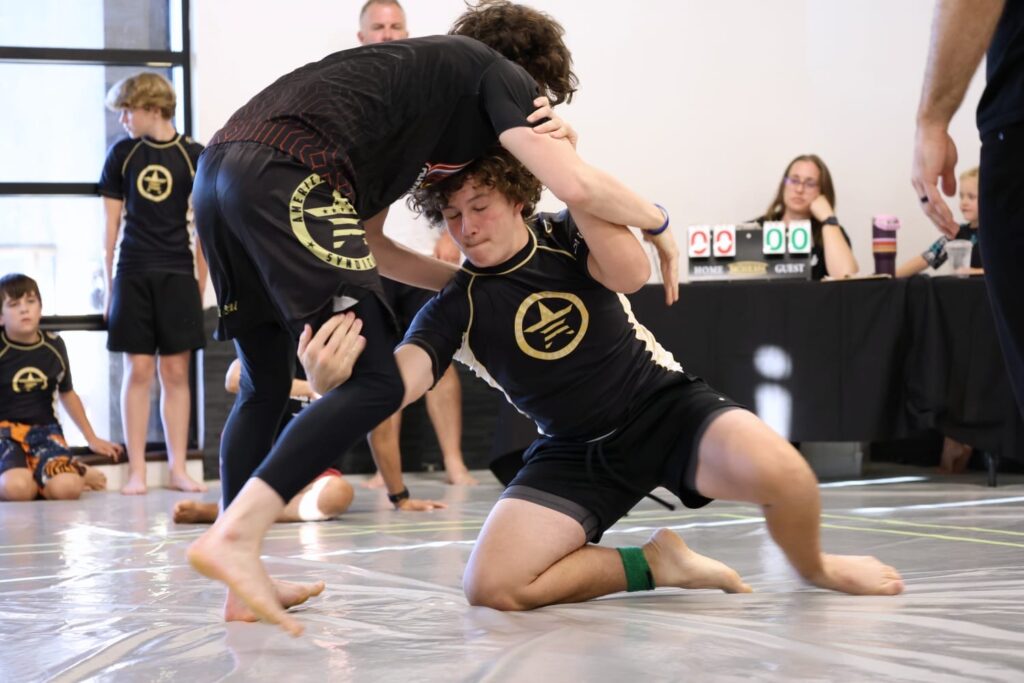
Looking Ahead: Back to the Gi
With the summer behind us, I’m excited for the kids to transition back to Gi training after spending the last few months focused on No-Gi. While No-Gi is fast-paced and full of scrambles, there’s something about the return to Gi that feels like coming home to the roots of Brazilian Jiu-Jitsu. The grips, the control, the chess-like exchanges that come with the gi will add new layers to their game, and I can’t wait to see how the skills they’ve developed over the summer will translate.
This tournament reminded me of how much these young athletes are growing, not just in terms of skill, but as individuals. Seeing them step out of their comfort zones, take on challenges, and come out stronger is what makes coaching so fulfilling. I’m incredibly proud of all the competitors, and I’m already looking forward to seeing what they accomplish in the next phase of their journey.
Here’s to more growth, more matches, and more memories on the mats!
Coach Danny
